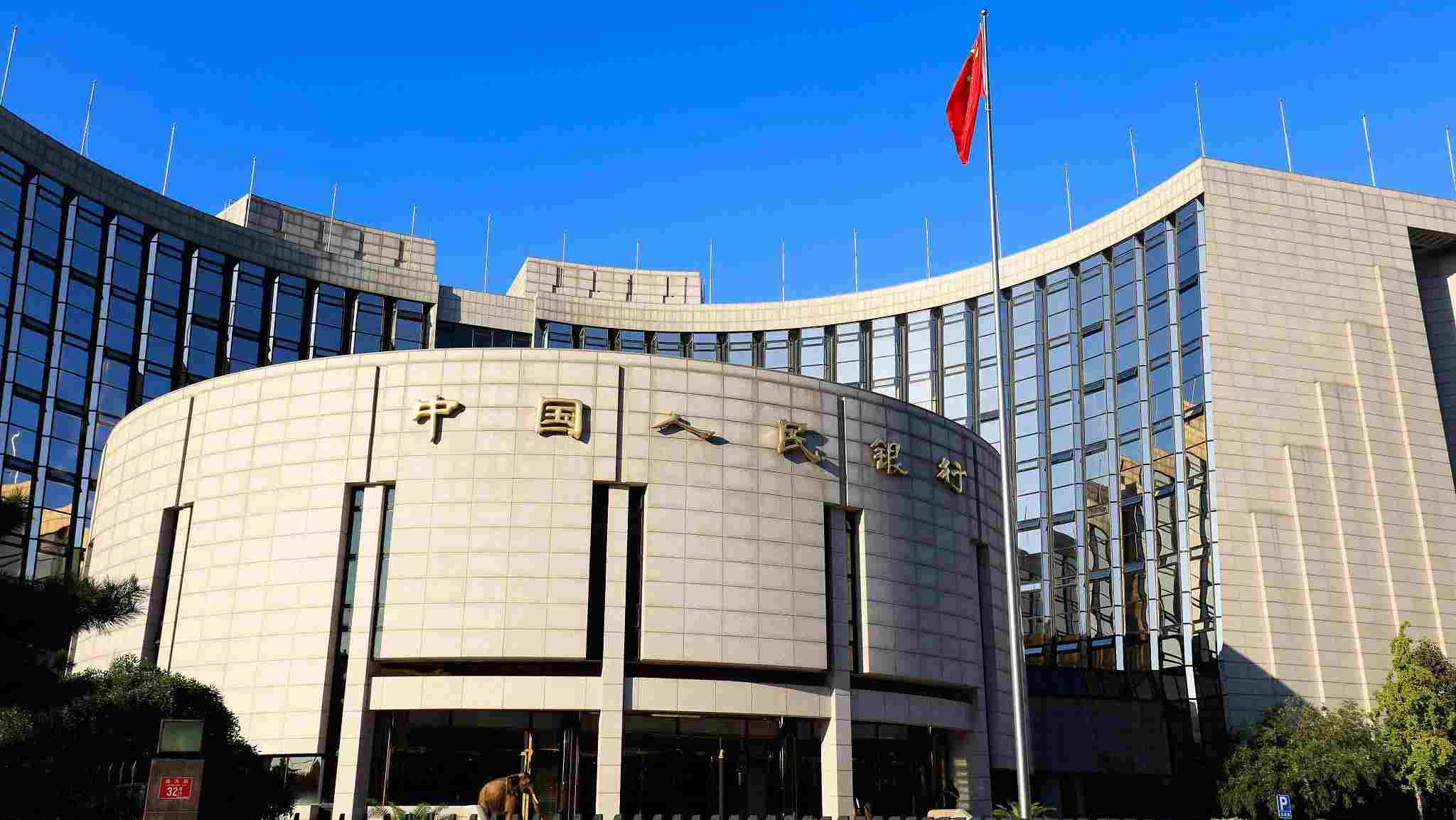
Opinions
10:30, 05-Jan-2019
Opinion: Triple-R Cuts to promote steady economic growth
Updated
10:26, 08-Jan-2019
by Liu Chunsheng

Editor's note: Liu Chunsheng is an associate professor at the Beijing-based Central University of Finance and Economics, and deputy dean of Blue Source Capital Research Institute. The article reflects the author's opinion, and not necessarily the views of CGTN.
On January 4, 2019, the People's Bank of China (PBOC) announced the reduction of the reserve requirement ration (RRR) by 1 percentage point. The cut will be divided into two times, 50 bps on January 15 and another 50 bps on January 25.
According to PBOC's statement, such operations will be in line with the currency demand before the Chinese Spring Festival.
PBOC's reserve ration cuts are considered to offset the increasing pressure of China's economic downturn.
On the basis of newly released data by the National Bureau of Statistics, China's manufacturing PMI for December 2018 reached 49.6, touching the contraction territory for the first time since May 2017.

VCG Photo
VCG Photo
Other data also indicated that China's economic growth was slowing down. The RRR cut aims to inject liquidity into the market to promote steady economic growth in 2019.
China's expansionary monetary policy gave impetus to the global market. Stock markets in Europe and the United States responded very well to China's RRR cut, with U.S. stock futures up 1.8 percent, NASDAQ index futures up 1.8 percent, Dow Jones index futures up 300 points and German DAX index up 1.7 percent.
Although historically, half of the time China's A-share did not reflect the stimulus of RRR cuts, it is still expected that the comprehensive RRR reduction will boost confidence in the capital market.
Since the second half of 2018, market confidence has been extremely depressed due to the external environment, economic downturn and the fluctuation of peripheral capital market.
The cut will help to rebuild market confidence and stabilize capital market expectations. Moreover, it will have an obvious stimulating effect on some specific sectors of A-share, such as banks and real estate, which are more flexible to the liquidity.
Some people may be worried that the comprehensive reserve cut will lead liquidity back to the real estate market and offset the efforts of the Chinese central government to stabilize the housing price.
However, according to the Central Economic Working Conference held in December 2018, China will adhere to the principle that "housing is for living in, not speculation," and maintain the stable development of the real estate market.
Under such conditions, China will continue to strictly control the real estate sector and establish a long-term mechanism by using comprehensive means to ensure construction of public housing.

The People's Bank of China, Beijing. /VCG Photo
The People's Bank of China, Beijing. /VCG Photo
Therefore, the cut's target is not the real estate market and it is expected that the central government will take measures to stabilize the housing price hike.
On the other hand, the reduction of RRR will bring pressures on the RMB exchange rate. In 2018, the increasing fluctuation of the RMB exchange rate raised concerns in the market. Persistent depreciation of the RMB will lead to the outflow of capital.
China will continue to create conditions for keeping the value of the yuan stable. Given flexible adjustment policy tools, the sound balance of international payments and abundant foreign exchange reserves, the RMB exchange rate will remain basically stable.
Besides, thanks to the possible slowing down of interest hiking from the U.S. Fed Reserve, the external conditions for China's RRR cut has loosened up.
The RRR cut will unleash a net 800-billion-yuan and China's central bank will adopt more tools to strongly support the real economy, especially private, small and micro-sized enterprises. At the same time, a prudent monetary policy will stay unchanged in 2019.
(If you want to contribute and have specific expertise, please contact us at opinions@cgtn.com.)

SITEMAP
Copyright © 2018 CGTN. Beijing ICP prepared NO.16065310-3
Copyright © 2018 CGTN. Beijing ICP prepared NO.16065310-3